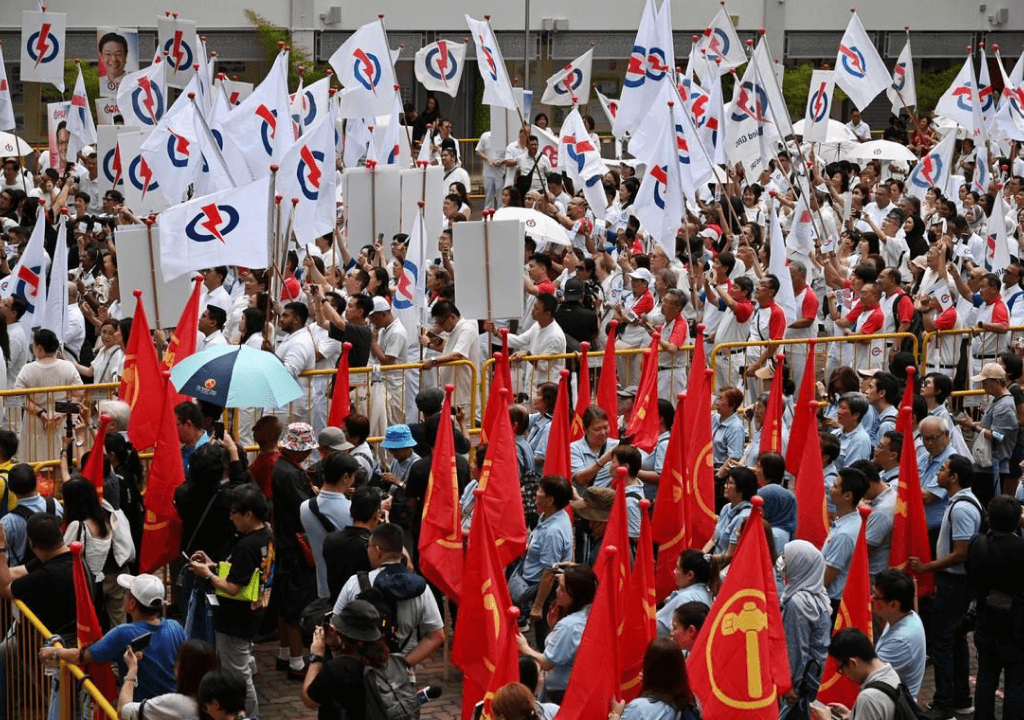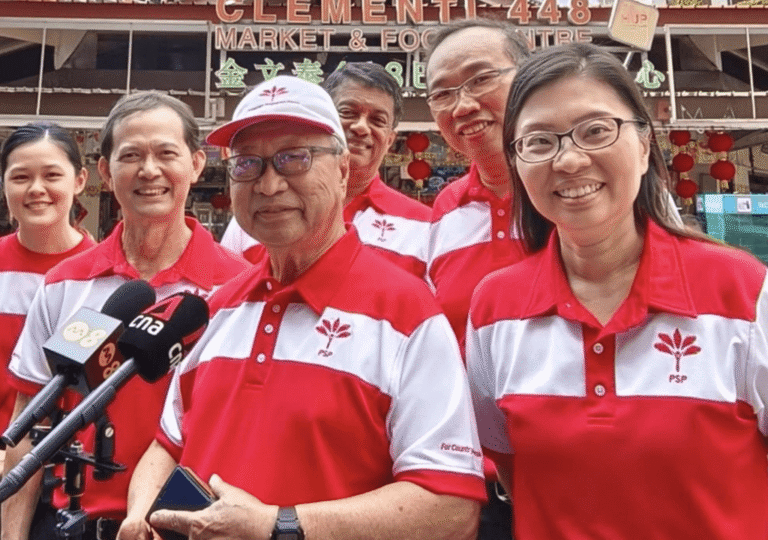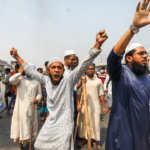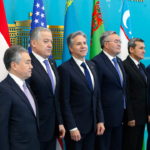Although last-minute surprises are a familiar feature of Nomination Day during Singapore’s general elections, April 23, 2025, proved to be one of the most dramatic in recent memory. Both the People’s Action Party (PAP) and the Workers’ Party (WP) made unexpected moves that caught even seasoned observers off guard. The day unfolded with the ousting of incumbents, the debut of fresh faces, surprise withdrawals, constituency reshuffles, and the prospect of multi-cornered fights—transforming what is typically a procedural event into gripping political theatre.
With the PAP and other major parties now having unveiled their full slates, the electoral battlefield has come into sharp focus, and candidates have wasted no time hitting the ground.
Ministers on the move
The ruling People’s Action Party (PAP), the sole party contesting every seat in the upcoming election, is fielding 32 new candidates—the most extensive leadership refresh since it assumed power upon Singapore’s independence in 1965. This generational shift coincides with the departure of several key veteran leaders, including Defence Minister Ng Eng Hen and Senior Minister Teo Chee Hean, who served as Deputy Prime Minister throughout Lee Hsien Loong’s two-decade tenure. Deputy Prime Minister Heng Swee Keat, once regarded as a leading contender for the premiership, has also announced his exit from electoral politics.
In the days leading up to Nomination Day, there was widespread speculation that the PAP might hold senior ministers in reserve, prepared to be deployed to vulnerable constituencies. Two days before the close of nominations, Senior Minister Teo revealed that he would not contest Pasir Ris–Changi GRC, sparking speculation that he might be reassigned to the adjacent Punggol GRC.
On Nomination Day itself, Deputy Prime Minister Heng made an unexpected appearance at Yusof Ishak Secondary School—the nomination centre for both Punggol and East Coast GRCs—further fueling rumors of a last-minute reshuffle. However, it was ultimately DPM Gan Kim Yong who submitted his nomination papers as the PAP’s anchor candidate for the newly formed Punggol GRC, doing so just 20 minutes before the deadline.
Meanwhile, Manpower Minister Tan See Leng was reassigned to Chua Chu Kang GRC to replace Mr. Gan, leaving Marine Parade–Braddell Heights GRC without a ministerial leader at its helm. Prime Minister Lawrence Wong explained the reshuffle by noting that DPM Gan’s move to Punggol was aimed at ensuring the presence of senior leadership in the constituency following SM Teo’s departure, as well as securing a more balanced distribution of the party’s top leadership across the island—should the PAP retain power.
WP’s Surprise Walkover Gift to PAP
The Workers’ Party (WP), Singapore’s main opposition force with long-term ambitions of securing a third of Parliament, is fielding just 26 candidates in this election. One of the most surprising developments came at Kong Hwa School, the nomination centre for Marine Parade–Braddell Heights GRC, where the WP was notably absent. Even party supporters who had gathered there were caught off guard. By the close of nominations, the WP had not fielded a team, resulting in the constituency becoming the only walkover of the election — the first since 2011 — and drawing sharp criticism from other opposition parties.
Critics argued that the WP had effectively ceded ground it had been cultivating since 2015, leaving approximately 130,000 voters without a choice at the ballot box.
Party chief Pritam Singh later explained on social media that the decision had been very difficult, a result of redrawn electoral boundaries and resource constraints. He said the party had concluded—after much reflection and careful consideration—that to continue advocating for the principles and reforms it believed in, and to give its candidates the best chance of electoral success, it needed to focus its efforts this election on a smaller number of constituencies than originally hoped.
Nonetheless, the last-minute nature of the withdrawal drew criticism from some opposition figures, who said they might have fielded candidates if given more notice.
Meanwhile, the WP kept its stronghold in Aljunied GRC largely intact, with party leaders Pritam Singh and Sylvia Lim remaining in place. Vice-chairman Faisal Manap’s shift to Tampines GRC set the stage for a fiercely contested four-way fight against the PAP, NSP, and PPP. Similarly, prominent new candidate Harpreet Singh Nehal was fielded in Punggol GRC rather than East Coast GRC, where he had initially been spotted.
Multi-Cornered Fights Underway
Five other constituencies are set to witness intense multi-cornered battles involving more than two parties. Tampines GRC will see a four-way contest among the PAP, Workers’ Party (WP), People’s Power Party (PPP), and National Solidarity Party (NSP). In Sembawang GRC, the PAP will face a three-way challenge from the NSP and the Singapore Democratic Party (SDP). Ang Mo Kio GRC will also be contested by three parties: the PAP, PPP, and Singapore United Party.
Two single-member constituencies will likewise host three-cornered fights. In Potong Pasir, PAP’s Alex Yeo will go up against Lim Tean, leader of the People’s Alliance for Reform (PAR), and the Singapore People’s Party’s Williamson Lee. Radin Mas will see a contest between independent candidate Darryl Lo, PAP’s Melvin Yong, and PAR’s Kumar Appavoo.
Mr. Lo is one of two independent candidates in this General Election. The other, Mr. Jeremy Tan, will challenge PAP’s Goh Sze Kee in Mountbatten SMC.
Heated days are coming.
While the country near the equator braces for more heat in the coming days, the political temperature is also rising. The walkover—marking the first in 14 years—may suggest the opposition’s ongoing struggle against the PAP, but the political intensity is palpable, setting this election apart from previous ones. Nomination Day made that clear.
In the aftermath of the drama, parties wasted no time; their candidates hit the ground running, and banners and posters went up overnight. Regardless of the election outcome, one thing is certain: the events of April 23 have injected an element of unpredictability into Singapore’s political landscape. This shift is perhaps a sign of the natural evolution of Singapore’s maturing democracy.







